
Beijing ZEHO Waterfront Ecological Environment Treatment Co., Ltd. was established in 1997 and is positioned as an "urban waterfront space operator". It is a national high-tech enterprise and a Beijing enterprise technology center.The company has been deeply engaged in the field of ecological environment for 27 years, with the concept of sustainable development at its core and guided by Nature-based Solutions (NbS). It has established three major business segments: ecological environment governance, ecological water infrastructure, and urban waterfront spaces, offering customers a systematic solution encompassing "technology + design + construction + operation + business", and is committed to facilitating sustainable development between humans and nature through intelligent ecology.
Learn more >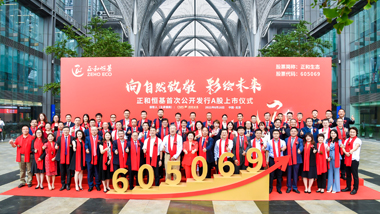
With 27 years of experience in the ecological environment field, ZEHO ECO upholds the concept of sustainable development as its core and is guided by Nature-based Solutions.
Learn more >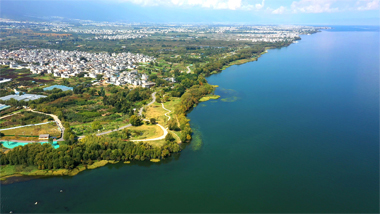
We dived deep into the eco-environment industry and built up a service system covering the whole industry chain of design, build, intelligence, investment, and operation.
Learn more >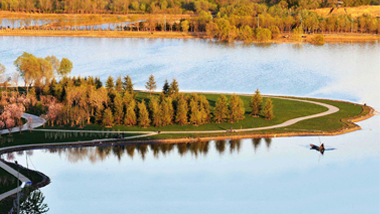

We stimulate the vitality of organizations and individuals through professional training system and career development path, and help employees and enterprises grow together.
Learn more >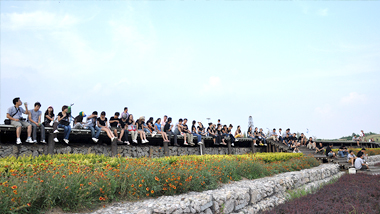
If you have any questions about our business, products, technologies and cooperation, please contact us through the following channels.
Learn more >
On January 20, China Natural Resources News, the competent media of the Ministry of Natural Resources, reported on the practical achievements of ecological restoration and the blue carbon sink of ZEHO ECO. Li Baojun, vice president of ZEHO ECO, as the spokesperson of the World Coastal Forum - National Ocean Carson Sink Alliance Conference, was interviewed by the reporter. Focusing on the construction of blue carbon sequestration and coastal ecosystem, he comprehensively introduced ZEHO ECO's exploration and practice of ecological engineering methods from rivers, lakes and oceans with Nature-based Solutions.

January 20 China natural resources daily marine special page © China Natural Resources News
From Rivers and Lakes to Oceans
——ZEHO ECO's Exploration and Practice of Ecological Engineering Methods Based on Coastal Ecological Restoration and Blue Carbon
As a land-sea connection zone, coastal areas have unique ecosystems and natural resource endowments, and are active areas for economic and social development. With the increase of human coastal development activities and the intensified impact of climate change, coastal areas have become areas with sharply reduced biodiversity, fragile ecosystems and frequent natural disasters, and ecological protection in coastal areas has become a common global challenge.
From January 10th to 11th, 2022, the 2021 Global Coastal Forum with the theme of "Harmonious Coexistence: Joining Hands to Build a Community of Life between Man and Nature" will be held in Yancheng City, Jiangsu Province. Experts at the meeting conducted in-depth discussions on forward-looking, pragmatic and leading issues such as coastal wetlands, marine carbon sinks, migratory birds, climate change, and biodiversity conservation, and contributed wisdom and experience to promoting the building of a community of human and natural life.
During the National Ocean Carbon Sink Alliance Conference, Beijing ZEHO Waterfront Ecological Environmental Treatment Co., Ltd. (hereinafter referred to as ZEHO ECO) Vice President Li Baojun shared the company's exploration of ecological construction methods from rivers and lakes to coasts practice, and successful cases of using new technologies to help achieve the "double carbon" goal.

Li Baojun, vice president of ZEHO ECO, was invited to speak
Creating Nature-based Solutions
Implementing a carbon neutral national strategy is a powerful tool for my country to implement the concept of " to build a community with a shared future for mankind " and actively participate in global climate governance. The ocean is the largest active carbon pool on the earth. Negative ocean emission is one of the important ways to achieve carbon neutrality.
The coastal ecosystem is the main body of the coastal blue carbon ecosystem, and improving the ecosystem service function of its ocean carbon sink is an important ocean-based climate change governance method, which belongs to the "nature-based solution". To promote nature-based solutions, we need to follow the scientific laws of ecosystem succession, study the reasons for various ecological degradation and other problems, and respect the succession of ecosystems when formulating plans for ecosystem protection, management, restoration and reconstruction. Laws, scientifically select protection and restoration modes and measures, and avoid excessive manual intervention and engineering.
"Ecological construction method is an innovative technology based on nature, dedicated to creating a viable waterfront structure." Li Baojun introduced that ecological construction method can be summarized as based on water conservancy safety, guided by ecological restoration, implementing soil and water conservation, auxiliary An engineering approach to purification, species conservation, and thus to encourage natural workmanship and succession. Combined with the requirements of engineering technology and biological characteristics, the construction method utilizes the soil holding effect of plant roots and the ability of plants to buffer and intercept water to stabilize and reinforce the slope and improve the anti-scour performance. biological habitat to improve ecological stability.

Use natural plant materials to stabilize and reinforce the slope
"Using ecological construction methods for project construction can produce multi-dimensional ecological benefits." Li Baojun said that while restoring river connectivity, it can also increase habitat and species diversity. Ecosystem with strong stability and exert its self-regulation ability to improve the adaptability of the restoration area to changes in external conditions. At the same time, the ecological construction method can use local materials in the construction process to minimize the consumption of engineering materials and construction carbon emissions.
As an eco-environmental technology operator, ZEHO ECO has established the principle of pursuing the essence of design since its birth, integrating scientific technology systems, nature-based solutions, and quasi-natural ecological construction methods into every project. In the design process, ZEHO ECO adheres to science, digitization, innovation and multi-professional integration, and strives to protect and restore the diversity and dynamic balance of the ecosystem, so as to realize the harmonious coexistence of man and nature; in the project construction, ZEHO ECO adopts a quasi-natural ecology The construction method can restore the natural habitat community to the greatest extent and protect the biodiversity.
Technological Exploration From Land to Sea
Li Baojun introduced,In the application process of ecological construction method, ZEHO ECO has formed a set of systematic nine-module method implementation process, including site identification, natural flowing river section design, ecological construction method design, composite section design, and engineering implementation. and monitoring, etc.
First, the basic characteristics of the site are determined through on-the-spot investigation, and the technical parameters of the natural flowing river are deduced according to the site identification and regional characteristics. In the process of river section design, according to the water level, elevation and relative position to the river, the river and riverside area are divided into five areas: high area, transition area, flood bank area, river bank area, and riverbed area. Among them, the flood bank area and the riparian area with the elevation between the flood level and the low water level are used as the main design area of the ecological construction method, which not only plays the function of elastic design and enhances the system resilience, but also slows down the erosion of the river bank by the water flow. , and provide habitat for creatures, with high ecological value.
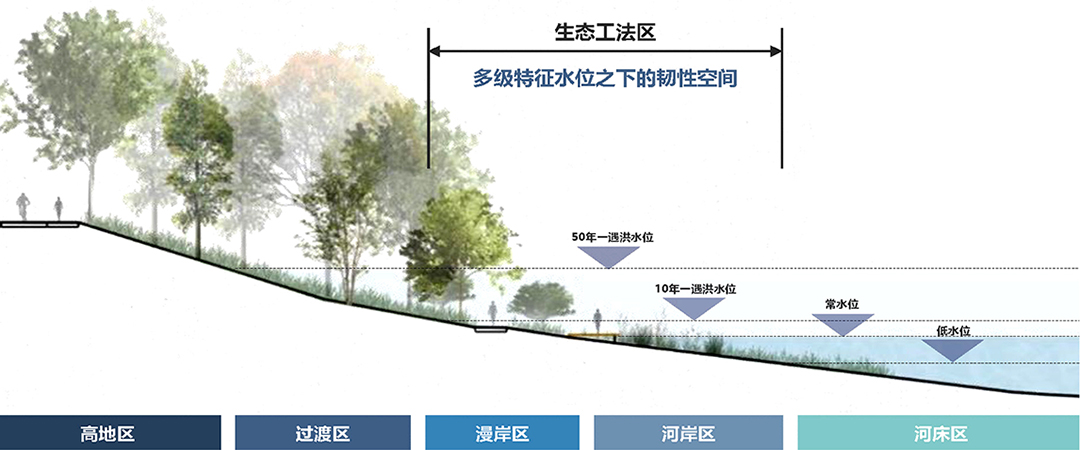
Schematic diagram of ecological construction method section design
Using a number of innovative technologies of ecological construction methods, ZEHO ECO has implemented a series of projects in Dali Erhai Lake, Xiong'an Baiyangdian, Putian Bay, Guangzhou Nansha, Xuzhou Fengpei Canal, etc. Through measures such as ecological reconstruction, auxiliary regeneration, natural restoration, protection and conservation, the lakeside shoreline is restored to a natural lakeside shoreline for water purification and ecological recovery, providing a technical model for ecological restoration.
"Compared with land areas, the management of coastal waters needs to face more complex situations." Li Baojun said that due to differences in environmental factors, the application of ecological construction methods in rivers, lakes and seashores needs to be adapted accordingly. For example, most rivers and lakes have low salinity, lagoons , tidal rivers have high salinity and vary widely, while seawater has a higher average salinity of about 3%, which is not conducive to underwater and Vegetation growth in the intertidal zone has an important impact. "Generally, the spatial design of river and lake waterfront does not have to take salinity as a necessary factor, but the application of coastal ecological engineering must face the challenges of high soil salinity and large salinized areas, infrastructure construction, ecological landscape construction , livable urban environment and other aspects have become limiting factors, so the utilization and improvement of coastal saline-alkali soil, environmental ecological restoration based on soil improvement and the reconstruction of plant ecosystems cannot be ignored.”
“River, lake and ocean are in There are also huge differences in the periodic fluctuations of water levels and wave dynamics."Li Baojun said that the changes in the water level of rivers and lakes are mainly affected by precipitation, with long periods and slow changes, while coastal ecological design must be normalized to face the impact and impact of tides, waves, currents, etc. Due to the erosion of waves, coastal protection projects are also more vulnerable to Erosion requires resilience treatment such as wave elimination. Therefore, from rivers and lakes to oceans, the application of ecological construction methods is not only different in choice, but also needs to solve more technical problems.
Helping Achieve the "Double Carbon" Goal
uses ocean activities and marine organisms to absorb carbon dioxide in the atmosphere, and fix and store it in the ocean. The process, activity and mechanism is called blue carbon, that is, ocean carbon sink. Among them, mangrove, seagrass bed and salt marshes, as the three major coastal blue carbon ecosystems, can capture and store a large amount of carbon, with extremely high carbon sequestration efficiency.
Under the background of "double carbon", the status and role of the coastal environment have become more prominent. In recent years, The ecological construction practice of ZEHO ECO has gradually moved from rivers and lakes to the ocean, and a number of successful cases of coastal water governance have emerged. The "Blue Bay" project in Putian, Fujian is one of them.
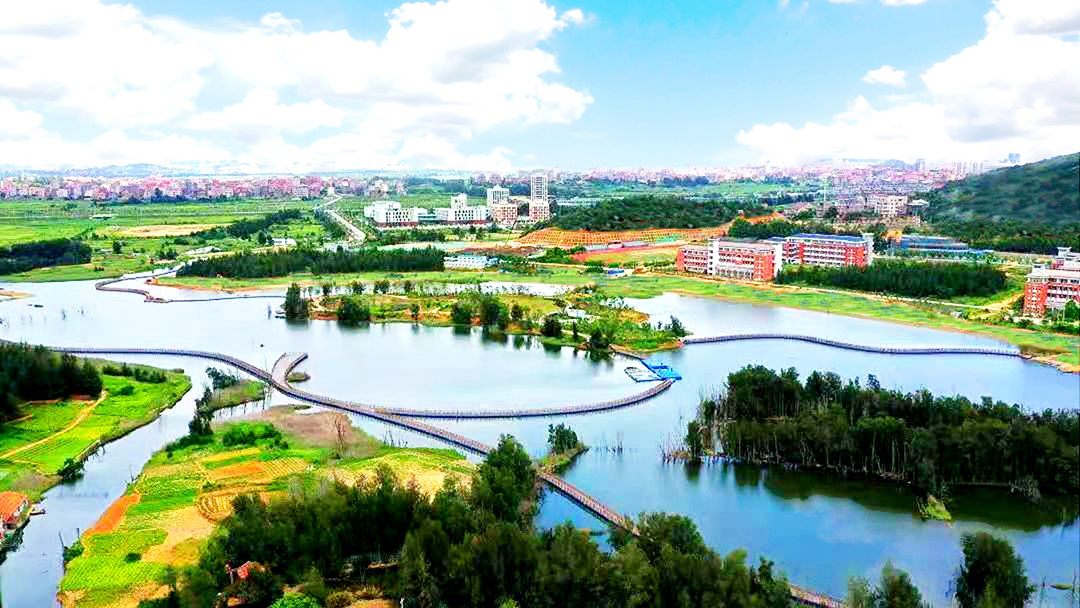
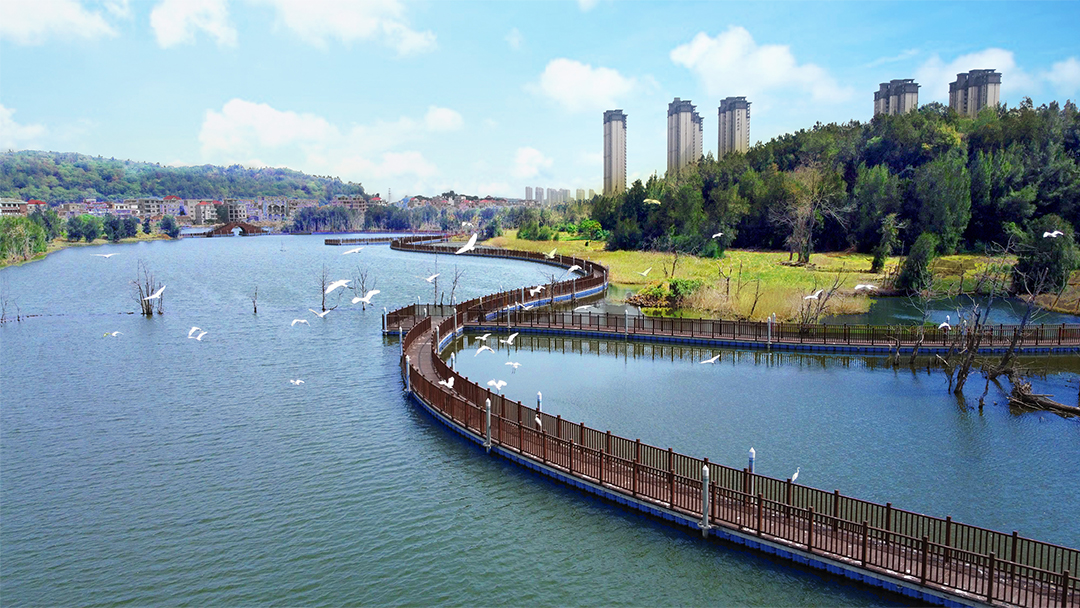
Putian Blue Bay Ecological Environment Improvement
Previously, there was a coastal zone in this area. The structure is single, the traditional seawall construction interrupts the biological corridor and ecological buffer zone in the land-sea transition zone; the natural habitat is severely damaged, the biodiversity is missing, the structure is single, and the ecological landscape effect is poor; the non-point source pollution flows directly into the sea and shoreline garbage problems such as stacking and aquaculture pollution seriously affect the quality of the ecological environment, and the lack of vegetation along the shore cannot form a purification buffer zone. Analysis and simulation of the current status data of natural habitat, water quality, hydrodynamics, etc., combined with the needs of ecological environment and landscape pattern, applying wetland restoration, returning to beach, ecological transformation of seawalls, inner bay tide absorbing, windbreak forest restoration, etc. according to local conditions A variety of measures have been taken to create a sustainable coastal sea-land junction zone with ecological construction methods such as geotechnical meadows, shrub pad cuttings, and grid cuttings, and successfully renovated 29.8 kilometers of coastline.Renovate 6.2 square kilometers of sea area, restore 1.75 square kilometers of wetlands, and create a "Blue Bay" ecological restoration demonstration area.
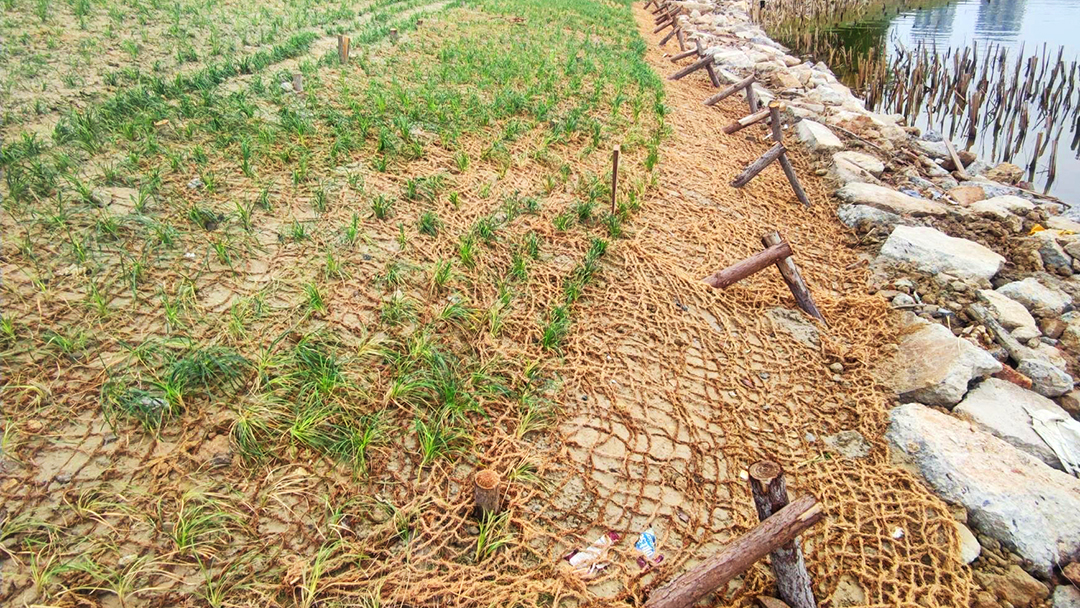
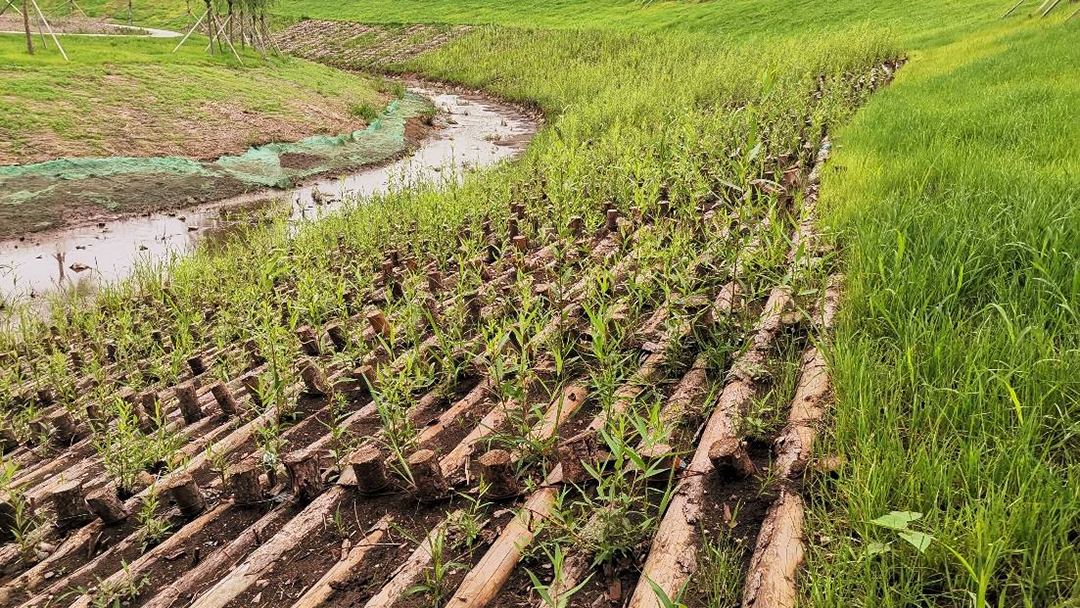
Ecological engineering methods
In the "Blue Bay" project, the "Ecological Housekeeper" product developed by ZEHO ECO is used as a smart bay integrated management system of Putian, which can accurately monitor, collect and analyze coastal water, air, soil and other environmental indicators , dynamic monitoring of ecological indicators such as plant and animal species, and accounting through carbon sink monitoring and carbon neutrality deduction evaluation and ecosystem gross product (GEP) accounting for the restoration and development of coastal ecosystems in Putian Construction and blue carbon measurement provide scientific data support. The good application of "Ecological Housekeeper" products will help prevent and control coastal environmental pollution, accurately measure the renovation and restoration effects of the "Blue Bay" remediation action project and other coastal ecological restoration projects, and contribute to the development and research of the emerging blue economy.
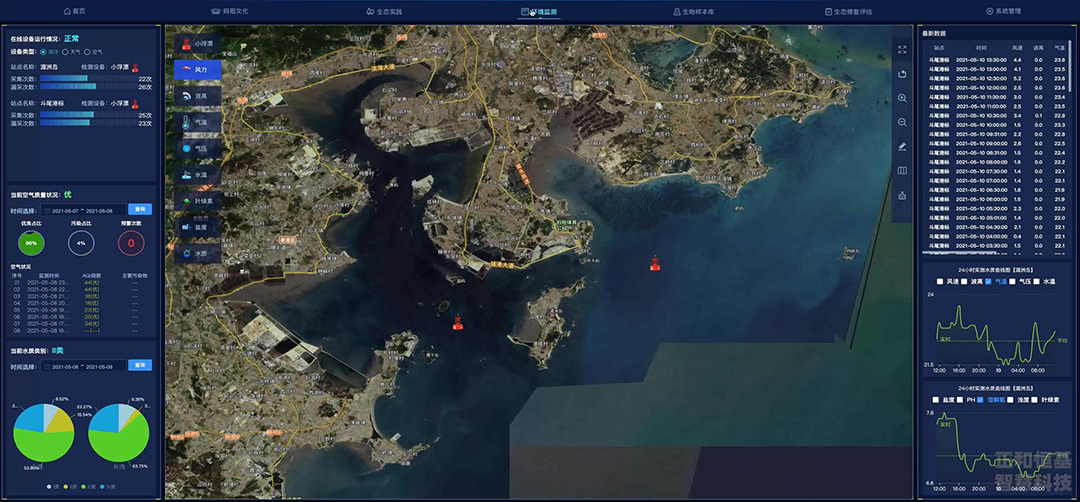
Ecological Housekeeper product
Guangzhou Nansha Lingshan Island Jianwaijiang Ecological Restoration Project undertaken by ZEHO ECO is another successful case of offshore water management.
The project will be completed at the end of 2020. The total length of the restored coastline is about 5.5 kilometers, of which the ecological construction method coastline is 4 kilometers long, and the combed coastline is 1.5 kilometers long. Restored planting area of 22,105 square meters. After the ecological restoration, the biodiversity of the Jianwaijiang River in Lingshan Island increased rapidly. The intertidal zone vegetation species reached 17 species, including 8 species of mangrove and semi-mangrove plants, 9 species of aquatic plants, intertidal plants A total of 6 species of benthic organisms including fiddler crab were observed successively in the belt. The green plants distributed along the river are like a string of emerald necklaces, dotted in the outer river area at the tip of Lingshan Island, forming an atmospheric and natural picture of the green banks of the outer river, which is combined with the existing strip park in the embankment.It presents a diversified waterfront experience space, which brings the relationship between people, water and city closer. The project won the 2020 Asian Urban Landscape Award.

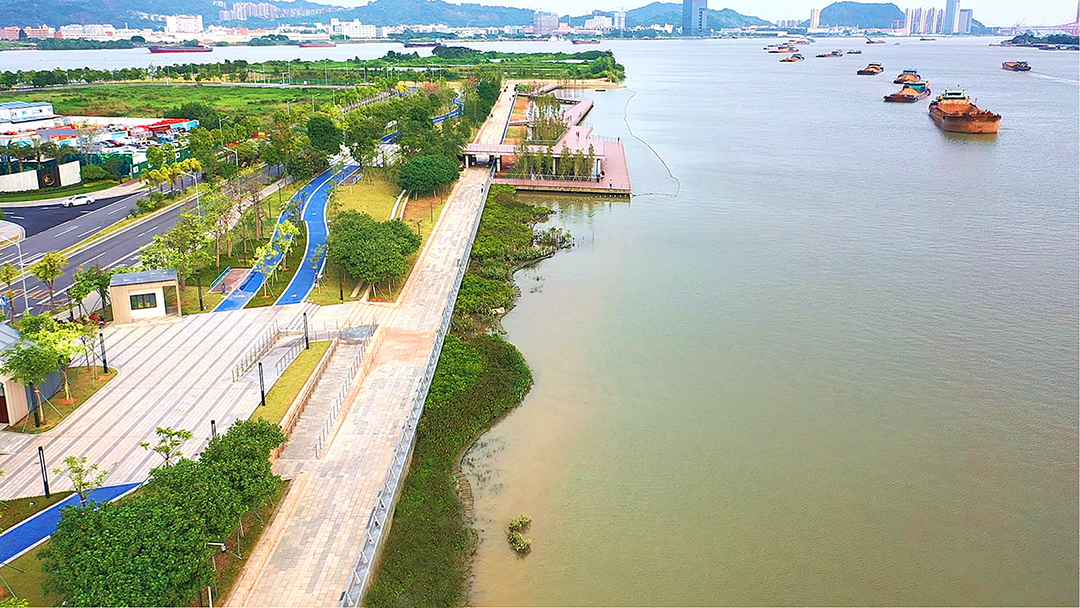
The real picture of the ecological improvement of Lingshan Island, Nansha, Guangzhou
"'Supreme good is like water. Water is good for all things and does not fight for it. It does what everyone hates, so it is more than Tao.'" Li Baojun said, "I have walked in rivers, lakes and seas for many years, and the more projects I have done, the more deeply I can understand China. The wisdom and philosophical thoughts of the ancients."